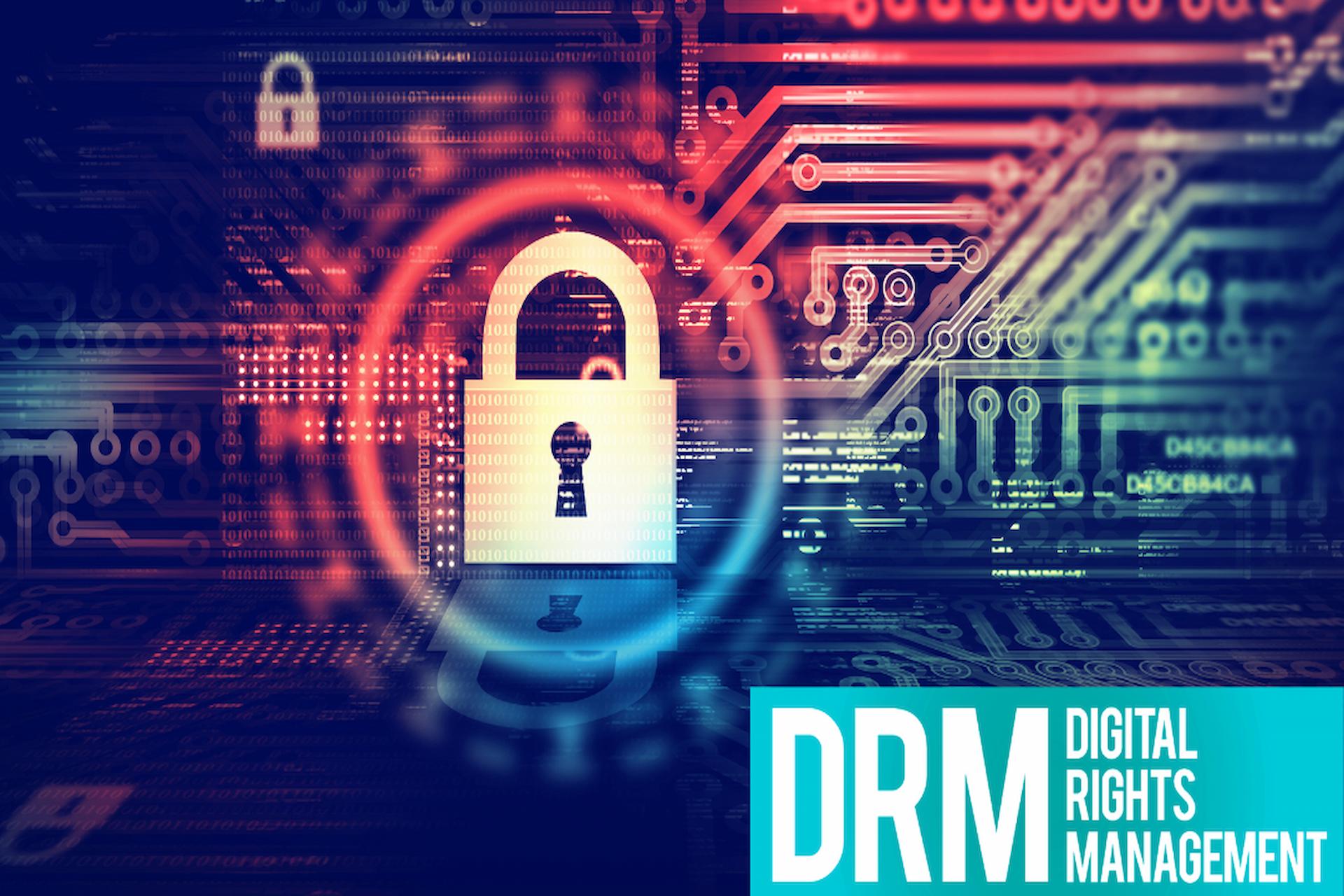The Role Of Watermarking In Anti-Piracy Efforts
Watermarking is a technique used to identify digital content and prevent piracy. By embedding a unique identifier into digital files, watermarking can help content creators and distributors track the distribution of their content and identify unauthorized copies. In this article, we will explore the role of watermarking in anti-piracy efforts.
How Watermarking Works
Watermarking works by adding a unique identifier to digital content, such as an image or a video. This identifier can be hidden within the content or added as a visible overlay. When a user copies or shares the content, the watermark remains embedded in the file, allowing the content creator or distributor to trace its origin.
Types Of Watermarks
There are several types of watermarks used in anti-piracy efforts. Some watermarks are visible, such as a logo or text overlay, while others are hidden and can only be detected using specialized software. Watermarks can also be static or dynamic, meaning they can change over time or in response to specific events.
Benefits Of Watermarking
Watermarking can provide several benefits in anti-piracy efforts. By identifying the source of unauthorized copies, watermarking can help content creators and distributors take legal action against infringers. Watermarking can also deter piracy by making it more difficult for infringers to distribute content anonymously.
Additionally, watermarking can help content creators and distributors track the distribution of their content and identify popular channels for distribution. This information can be used to inform marketing and distribution strategies and improve revenue streams.
Challenges Of Watermarking
While watermarking can be an effective tool in anti-piracy efforts, there are also several challenges associated with the technique. One challenge is balancing the visibility of the watermark with the user experience. Visible watermarks can be intrusive and detract from the content, leading to a negative user experience.
Another challenge is the potential for infringers to remove or alter the watermark, rendering it ineffective. To combat this, some watermarking technologies use dynamic watermarks that change over time, making it more difficult for infringers to remove or alter them.
Conclusion
Watermarking can be an effective tool in anti-piracy efforts, providing content creators and distributors with a way to identify the source of unauthorized copies and take legal action against infringers. However, it is important to balance the visibility of the watermark with the user experience and to use dynamic watermarks to prevent removal or alteration by infringers.
In combination with other anti-piracy techniques, such as DRM and legal action, watermarking can play an important role in protecting digital content and preserving the intellectual property rights of content creators and distributors.
